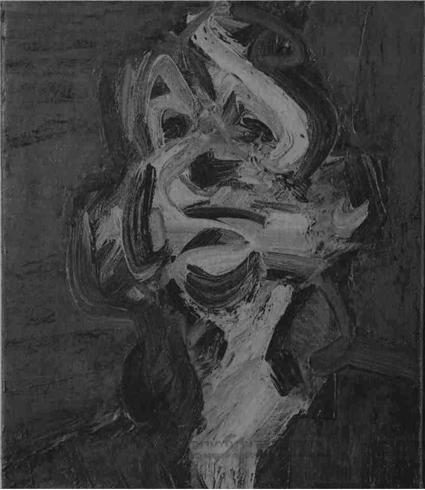Auerbach back from Venice
FRANK AUERBACH, according to popular legend, gets through eighty litres of paint a month. More of it ends up on the floor of his studio than it used to in the Sixties, when his canvases groaned under their heavy loads of endlessly revised and reworked pigment. But Auerbach's recent paintings (now on view at Marlborough Fine Art) are still remarkable for their surface density.
They bear the traces of hard labour in their scarred, layered appearances: each finished work is the tomb of a hundred aborted previous efforts, the result of the painter's self-imposed ascetic regime (Auerbach is notorious for working from seven in the morning until nine at night, seven days a week). The paintings are beautifully hung at Marlborough, lining the walls in sequences — like the five portraits of "J.Y.M." painted last year — which declare the obdurate, questing nature of his enterprise.
This is a timely exhibition after Auerbach's success at last year's Venice Biennale, where by winning the Golden Lion he made the transition (like Howard Hodgkin two years earlier) from respected British artist to international art star. (The price range for his new paintings is between £25,000 and £30,000). But Auerbach remains unlikely star material for the Eighties: he enjoys painting too much to make the self-promoting rounds that seem to have become customary, and even his private view at Marlborough was a restrained, late middle-aged celebration.
Auerbach has been pigeonholed by instant art historians as a member of "The School of London", a disparate grouping that also includes Francis Bacon, Lucían Freud and lenn Kossoff. While there are common elements — primarily geographical location and a certain raw expressionism — Auerbach's obstinately personal art defies categories. His paintings are peculiarly difficult to look at — most of all perhaps...


